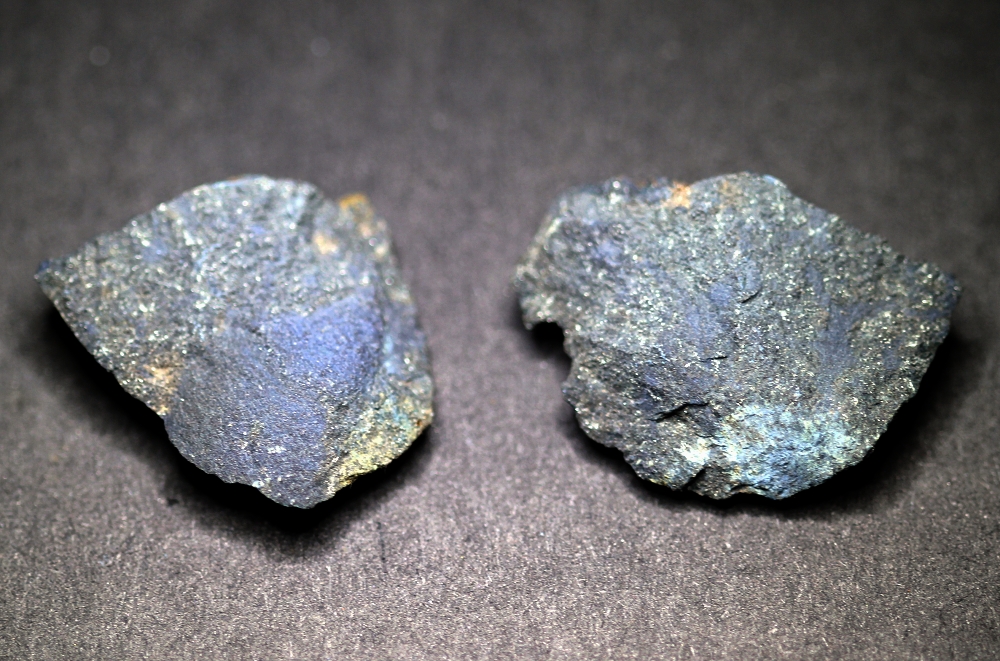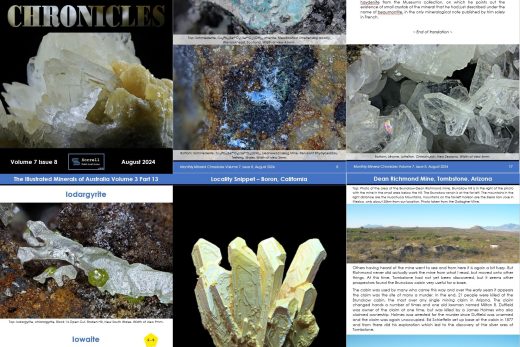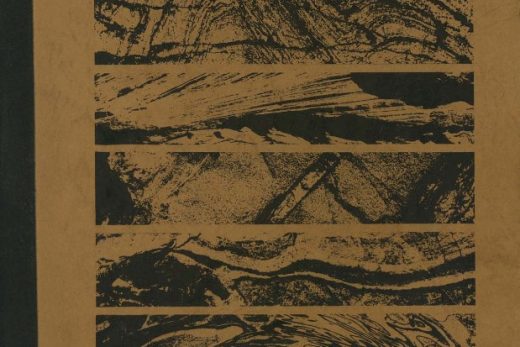Vivianite nodules up to 20cm across have been found on the beach west of Anglesea on Victoria’s south coast. These are usually water-rounded dark blue nodules that sometimes have crystal-lined cavities.
Featured image: Anglesea Beach, looking towards Demon’s Bluff in the distance
It is thought that the nodules formed in an non-oxidising environment in black Anglesea sand, from the reaction of pyrite nodules and organic phosphate material. Very pale siderite has also been described in these nodules, as has an unidentified iron potassium calcium phosphate, with some affinities to leucophosphite (Segnit, 1976).
Segnit, E.R., (1976). Vivianite Pebbles from Anglesea, Victoria. Australian Mineralogist No. 5.







